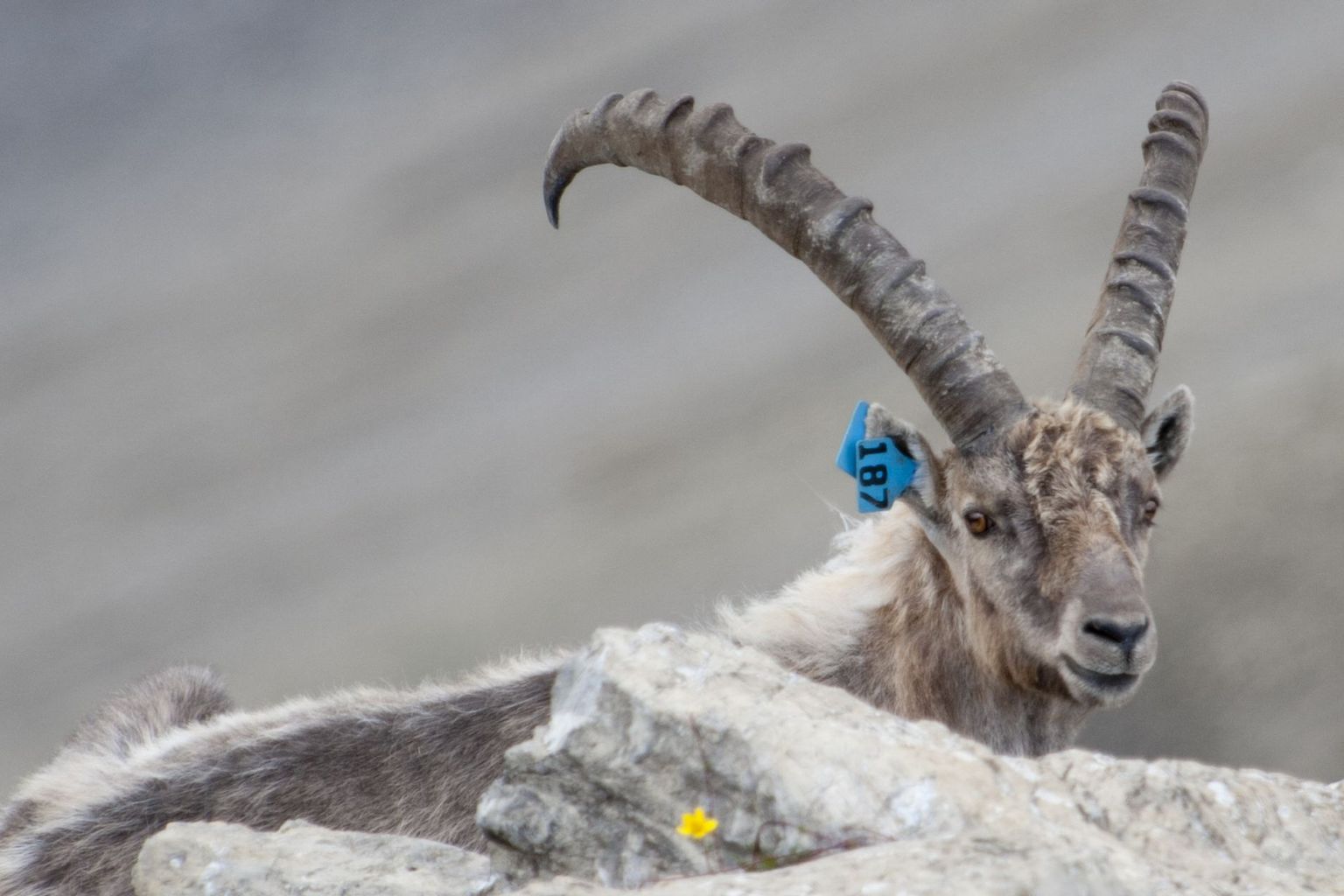Monitoring terrestrial vertebrates using environmental DNA and CRISPR assays
Flurin Leugger, Michel Schmidlin, Martina Lüthi, Zacharias Kontarakis, Loïc Pellissier (WSL und ETH Zürich)
New methods to monitor biodiversity are required to monitor nature reserves and enable effective conservation measures. Environmental DNA (eDNA), an emerging field within biodiversity monitoring since its first application 15 years ago, is a potential solution. eDNA monitoring overcomes several limitations of traditional methods, as it is non-invasive and can be used to monitor entire catchments in difficult terrain. Despite the promising performance of eDNA monitoring, the relatively high cost of eDNA analysis prevents samplings at high spatio-temporal resolution and across landscapes. Therefore, we have developed a new approach to monitor species by coupling eDNA with species-specific CRISPR assays. This non-invasive monitoring approach allows cost-efficient monitoring of large areas. As a proof of concept, we collected eDNA samples from six rivers in the Swiss National Park (SNP). We compared the detection of ibex (Capra ibex), red deer (Cervus elaphus), and bank vole (Myodes glareolus) with the presence known from traditional monitoring conducted by the SNP. With only a single sampling session per catchment, we detected the species in most of the catchments where they are known to be present from traditional monitoring. Thus, coupling eDNA with CRISPR assays offers an efficient and non-invasive method for monitoring biodiversity in nature reserves and beyond.

